|
A distinctive, tall native biennial of hedgerows, field margins, woodland paths, waste grounds and sunny, well drained banks. In its first year it forms low rosettes of serrated, spiny leaves and in the second year grows to 2m in height with its angled, prickly stems producing unmistakable, egg-shaped flowerheads from July. The first flowers begin opening in a belt around the middle and then open sequentially toward the top and bottom, forming two narrow belts as the flowering progresses. These rings of blue-purple flowers are loved by bees and butterflies and in autumn the flower-heads remain erect, full of dry and papery seeds. The leaves on the stems are opposite and joined at their bases, so they collect water and these little pools provide drinking stations for insects but may perform the function of preventing sap-sucking insects such as aphids from climbing the stem. The nectar rich flowers attract bumblebees, butterflies and other little flying creatures and the seeds entice those beautiful wild birds, such as Siskins and Goldfinches, which arrive en masse to feed on the seeds in autumn. Fuller's teasel (the cultivar group Dipsacus sativus) was used historically in textile processing, providing a natural comb for cleaning, aligning and raising the nap on fabrics, particularly wool. The dried flower heads were attached to spindles, wheels, or cylinders, sometimes called teasel frames, to tease (nap) the fibres on the woollen fabrics. By the 20th century, teasels had been largely replaced by metal cards, which are uniform and do not require the constant replacement as teasel heads do. However, some people who hand-weave wool still prefer to use teasels, claiming that teasels are gentler than any metal combs if they were to meet an obstruction, if a teasel meets serious resistance in the fabric, it will break, whereas a metal comb will rip the cloth.
This is a real nature lover's plant and worth having in one's garden even though they can take over on occasions
0 Comments
Leave a Reply. |
WildEdges
A haven of quiet countryside highlighting issues affecting the natural world. Categories
All
|
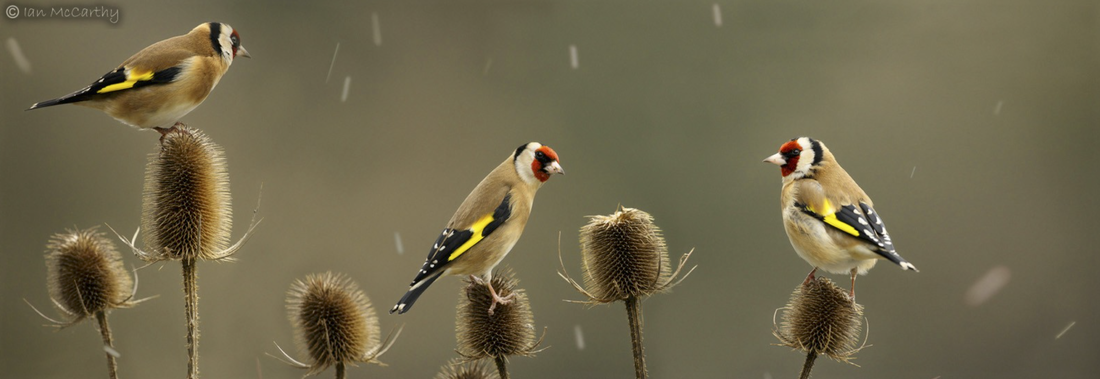
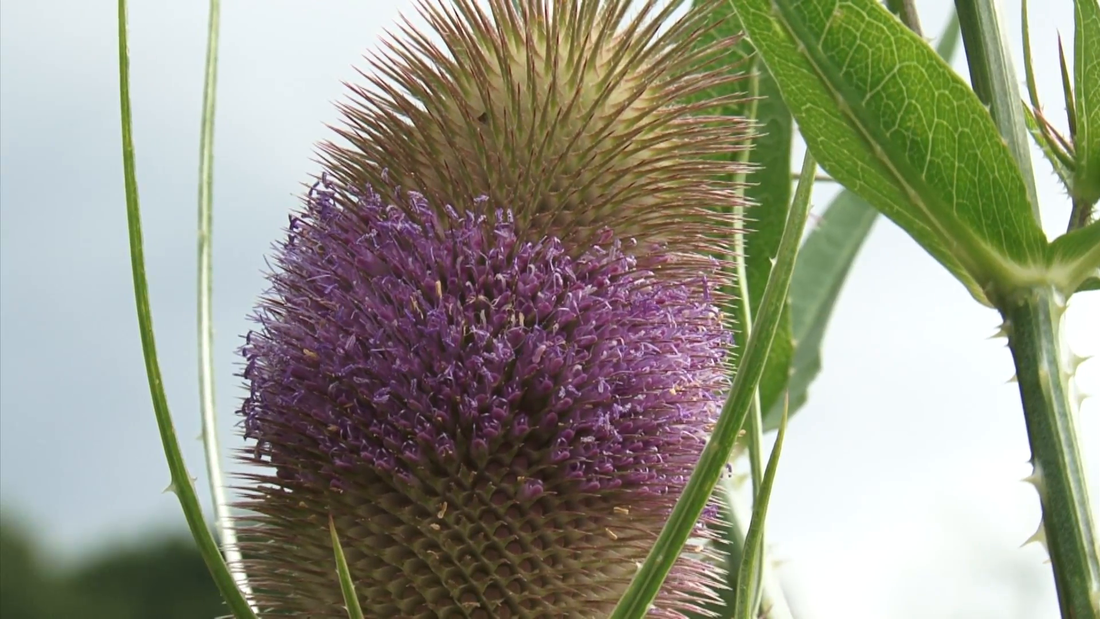
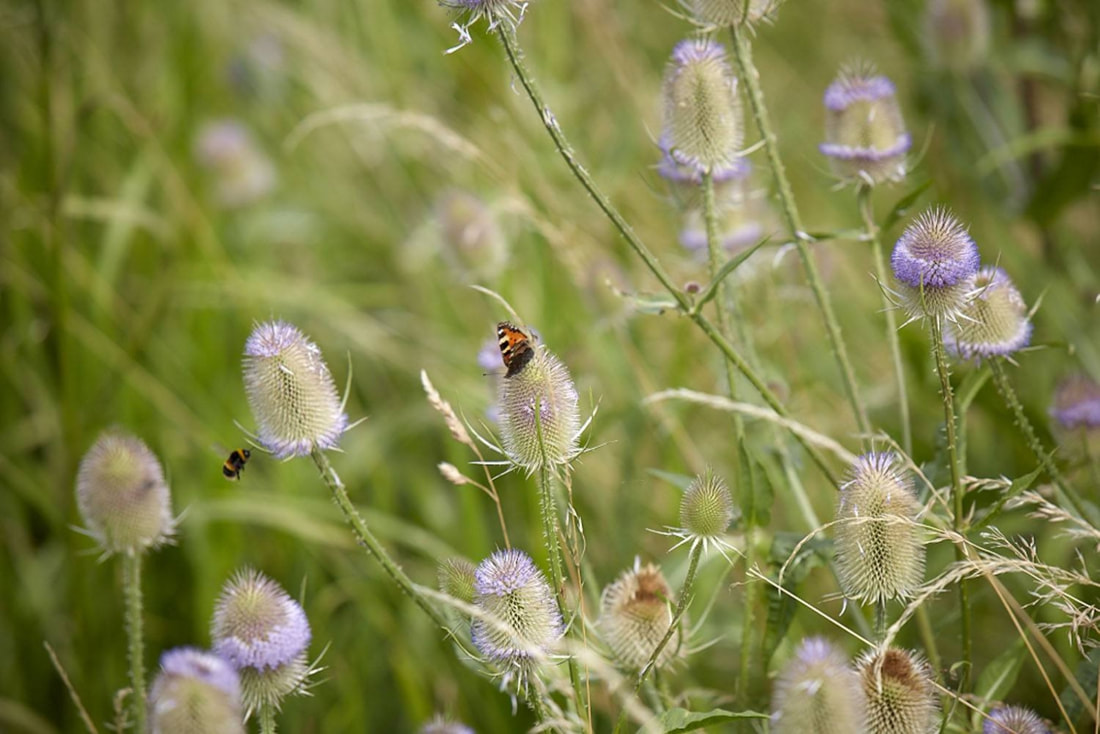
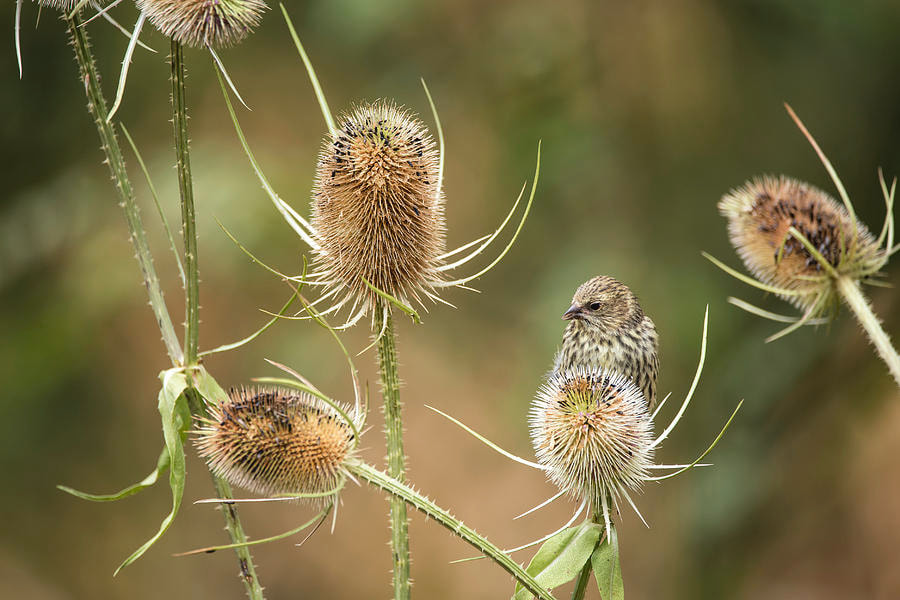
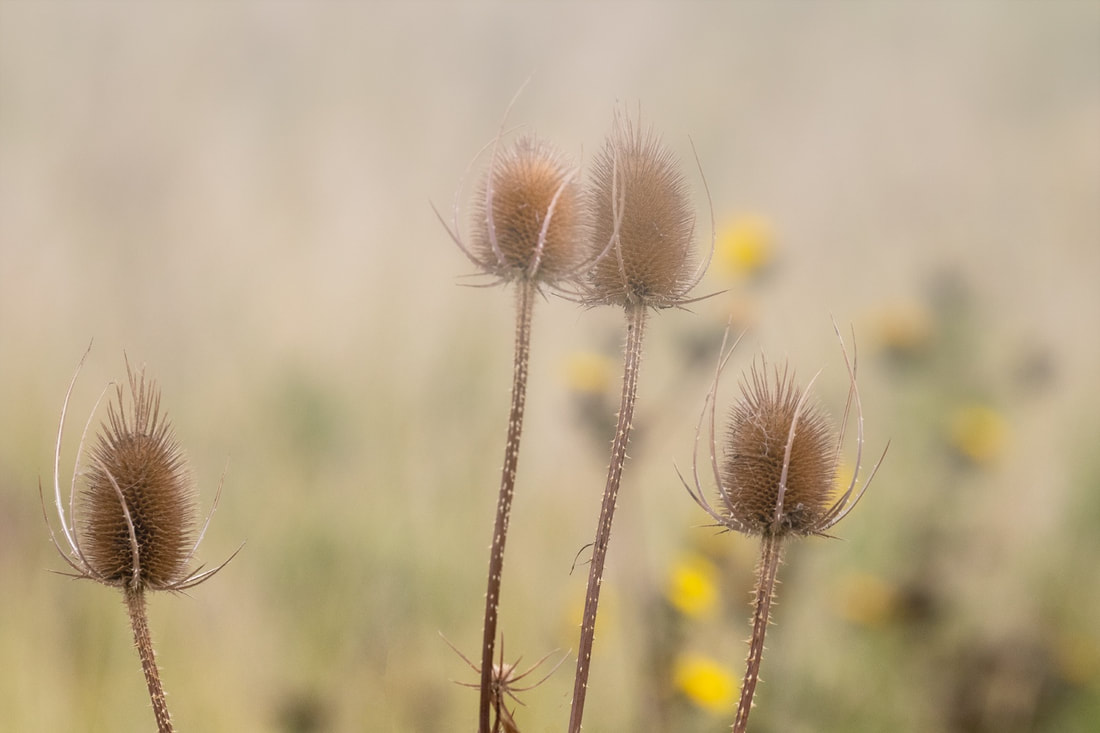
 RSS Feed
RSS Feed